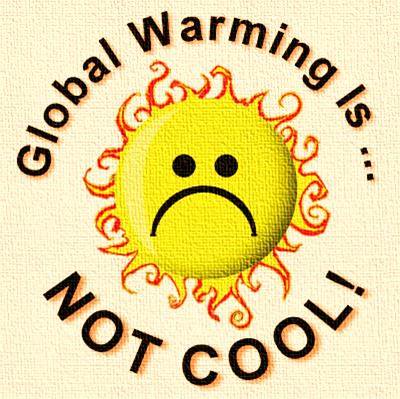|
Introduction In our opinion, global warming is the most concerning environmental problem. Therefore, it’s going to be our work’s main topic, in which we will include global warming’s causes, effects and solutions. CAUSES Global warming’s main cause is the effect of greenhouse gases emitted by humans, such as carbon dioxide (CO2), methane, nitrous oxide, and more. Most of these gases come from the combustion of fossil fuels in cars, factories and electricity production, and the one responsible for the most warming is C02. EFFECTS As some of you may think, the effects of global warming aren’t waiting for some far-flung future. Some of them are happening right now! Present Effects: . Ice is melting worldwide, especially at the Earth’s poles; . On Antarctica, Adélie penguin numbers have fallen from 32,000 breeding pairs to 11,000 in 30 years. This means, of course, that they are in risk of extinguish; . Sea level rise became faster over the last century; . Some butterflies, foxes, and alpine plants have moved farther north or to higher, cooler areas; . Precipitation (rain and snowfall) has increased across the globe, on average. Future Effects: Sea levels are expected to rise between 18 and 59 centimeters by the end of the century, and continued melting at the poles could add between 10 to 20 centimeters: a total rise of 28 to 79 centimeters; Hurricanes and other storms may become more frequent; Floods and droughts will become more common. Rainfall in Ethiopia, where droughts are already common, could decline by 10 percent over the next 50 years; Less fresh water will be available. If the Quelccaya ice cap in Peru continues to melt at its current rate, it will be gone by 2100, leaving thousands of people who rely on it for drinking water and electricity without a source of either; Some diseases will spread, such as malaria carried by mosquitoes; Ecosystems will change—some species will move farther north or become more successful; others won’t be able to move and could become extinct. SOLUTIONS Obviously, there is no magic solution to solve this problem. There is instead an amount of changes we can do, both large and small, that will curtail global warming for the better.
Outros Trabalhos Relacionados
|
|
